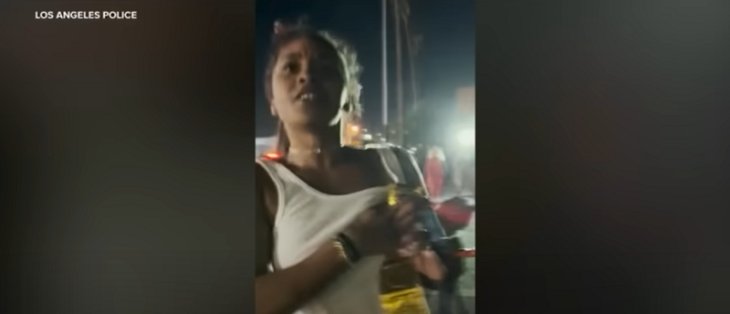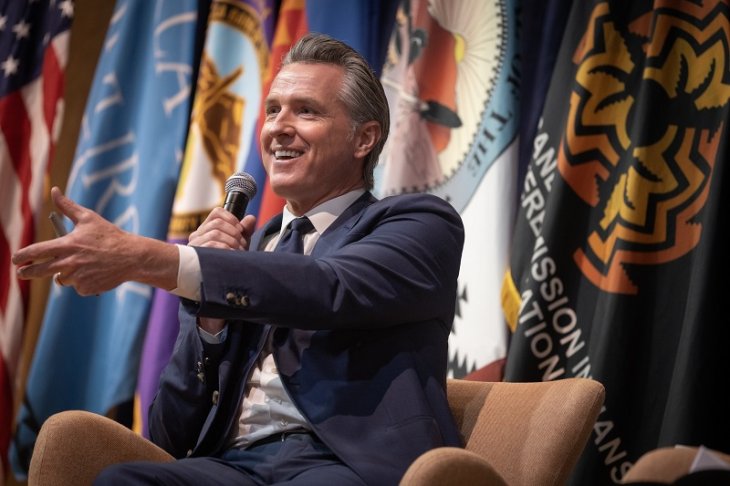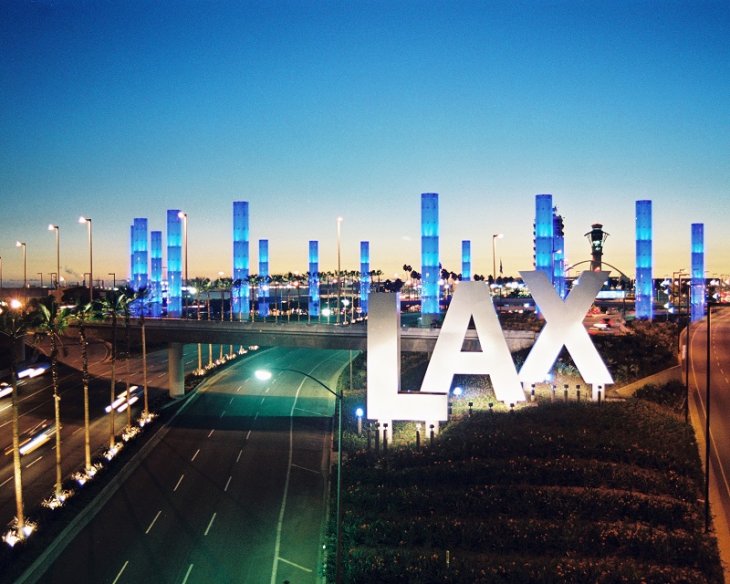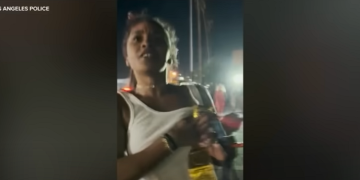By Tom Elias
For a long time, it seemed Lt. Gov. Gavin Newsom’s unspoken (at least publicly) agreement with Sen. Kamala Harris would bear the fruit he intended – inauguration about 17 months from now as governor of California.
The early-2015 understanding between the two San Francisco Democrats, both with campaigns managed by the same San Francisco political consulting firm, was this: To avoid a brutal fight over the Senate seat being vacated by the retiring Barbara Boxer, Newsom would stay out of the 2016 Senate race and concentrate on running for governor two years later.
And so, with help from the SCN Strategies firm headed by longtime San Francisco consultant Ace Smith, Harris won Boxer’s old seat in a cakewalk.
Meanwhile, Newsom took the early lead in the run for governor, becoming the first to declare his candidacy, raising millions of early dollars and running far ahead of everyone else in the first polls.
Newsom hoped to make his move to the governor’s office seem as inevitable as Harris’ accession from San Francisco district attorney to state attorney general to the Senate. Essentially, he hoped to scare away most serious competition just as Harris did.
The former San Francisco mayor began issuing press releases cum fund-raising appeals every time any significant news story occurred. His anti-Donald Trump posts are as frequent as they are predicable. Early polls showed him with double-digit leads over all other potential candidates, emphasis on the “potential,” because no one else declared for the race until this spring.
But now several others have. They are out gathering both money and support – apparently at least in part at Newsom’s expense. In fact, anytime he looks back these days, Newsom sees someone gaining on him.
Most prominent is former Los Angeles Mayor Antonio Villaraigosa. Like Newsom, Villaraigosa must overcome a history of womanizing, but with previous candidates like President Trump and ex-Gov. Arnold Schwarzenegger winning office despite their own similar peccadillos, this may not prove as big a problem as it might have in previous eras.
In this year’s first version of the UC Berkeley Institute of Governmental Studies poll, successor to the usually reliable Field Poll, Newsom ran 11 points ahead of Villaraigosa, with 28 percent support to Villaraigosa’s second-place 11. Just two months later, in May, Villaraigosa had closed that gap to a mere five points, with Newsom still leading, but by only 22 percent to 17.
In short, Villaraigosa, not yet in hyperactive campaign mode and still holding onto the bulk of his campaign cash, gained as much backing as was lost by the very active Newsom, who saw a loss of almost one-fourth of his prior support.
State Treasurer John Chiang, a former two-term state controller, had five percent in both polls, holding steady. Republican businessman John Cox’s backing dropped by half, from 18 percent to 9, perhaps because his support for an initiative creating a 12,000-member state Legislature received significant publicity in the interim. Many GOP voters moved over to support the new candidacy of former Republican Assemblyman David Hadley of Torrance, who drew 8 percent. It’s uncertain how the early-summer entry of conservative Republican Orange County Assemblyman and surfer Travis Allen might affect this race.
Cox and Hadley are little known to most voters, so the best guess is that their total of about 17 percent poll support consisted of solid Republicans determined not to vote for a Democrat so long as any GOP hopeful is still breathing.
Drawing even less support was Democratic former state Schools Superintendent Delaine Eastin. Put her voters into the Villaraigosa column, where they could end up if she eventually sees she has little chance and pulls out, and the race is almost even at the top level. This picture could change a lot when Chiang begins spending the millions he’s raised so far, but no one knows whether he will take support from either Newsom or Villaraigosa, or win over some of the undecided, who currently make up nearly 30 percent of voters.
It’s far too early to call Newsom’s scare-them-off strategy a bust. But so far, no one looks intimidated. So unless Republican San Diego Mayor Kevin Faulconer gets in, prospects are for a very tight primary race likely to produce a Democrats-only runoff election next fall.





















